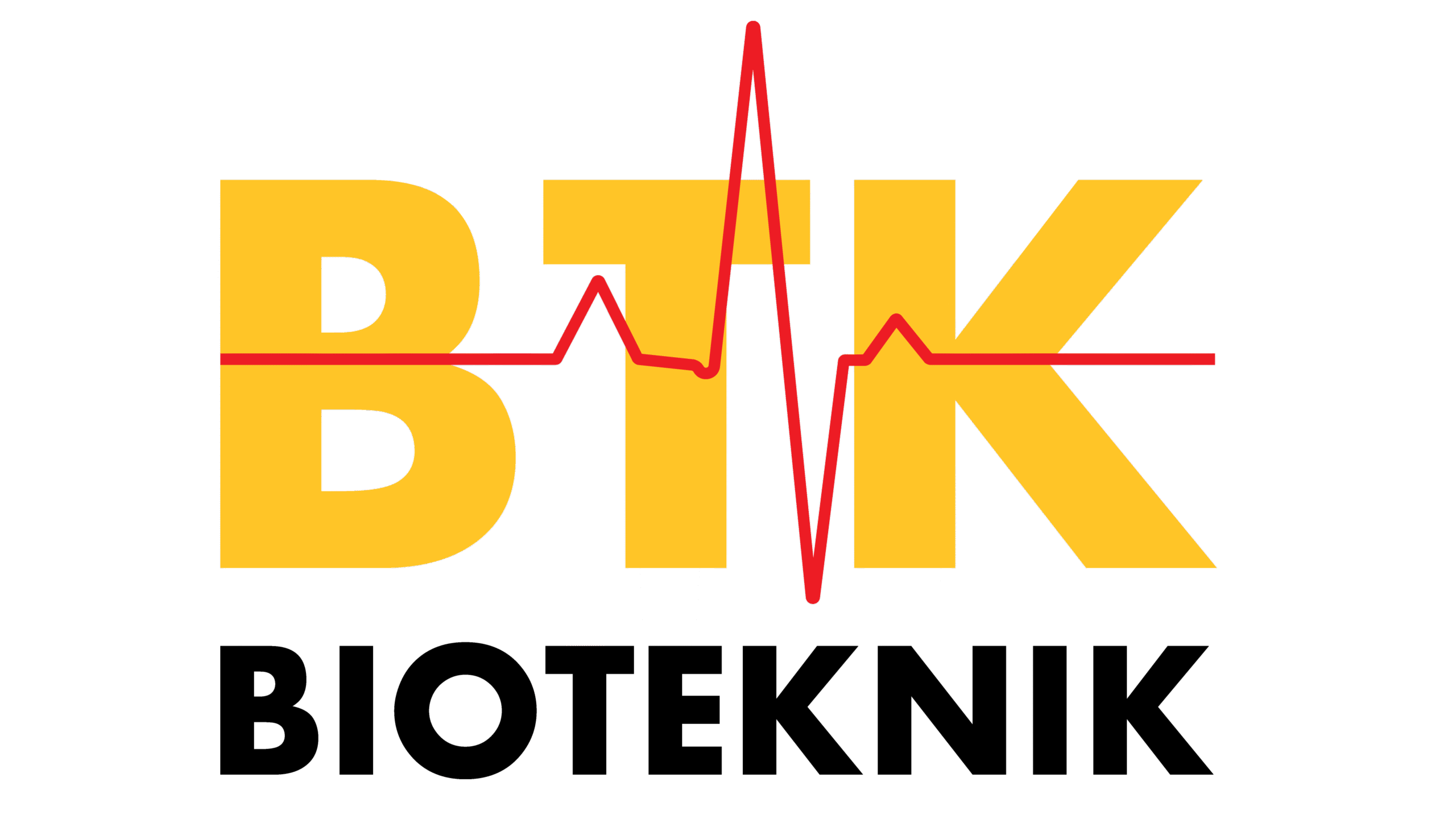Clinicians indicate that some patients report that naltrexone helps, and some report no difference with its use. These anecdotal reports provide intriguing suggestions that particular patient types or subgroups may be more likely than other groups to respond to naltrexone. This finding suggests that OPRM1 genotyping may be a useful procedure for improving identification of those patients most likely to benefit from naltrexone treatment for alcohol dependence. It also suggests that clinicians should not become discouraged if the first patients they prescribe naltrexone for do not find it beneficial. Naltrexone’s efficacy is modest, but it is significantly better than placebo in most studies, and some patients benefit from naltrexone therapy.
tablet
- The easier the health habit is, the more likely you are to stick with it.
- Joining a community online to feel supported by others going through the exact same thing helps.
- Naltrexone is a synthetic drug that belongs to a class of medications known as opioid antagonists.
- One of the most promising tools used for substance use recovery is naltrexone, the non-narcotic drug sold under the brand names Vivitrol and ReVia.
This mindset can finally help people feel more compassionate with themselves, reducing intense self-criticism that only makes things worse. If you’re interested in Naltrexone, you do NOT need to get caught up on the word AUD. AUD is a technical term that can’t be avoided when writing about naltrexone.

Try Alan today starting at
It is possible that people with an alcohol use disorder may begin to use other substances of misuse such as narcotics or opioids. Should you begin to use other substances of misuse, call your healthcare provider. Make sure that you and your caregiver have the medicine naloxone, which is used to reverse the effects of opioids. Talk with your healthcare provider about how to get and administer naloxone. You may have symptoms if you have been using prescription and/or illicit opioids and suddenly stop taking them. People who are in opioid withdrawal should not take naltrexone.
Lsd Side Effects That Could Change Your Mind Forever
For more information about the possible side effects of naltrexone, talk with your doctor or pharmacist. They can give you tips on how to manage any side effects that may be concerning or bothersome. In https://laxusspa.com/how-did-drug-abuse-contribute-to-the-death-of/ fact, because it’s an opioid antagonist, it can block the effect of opioid pain relievers. Access to personalized, outpatient treatment for opioid use disorder is now within easy reach. Appropriate studies have not been performed on the relationship of age to the effects of naltrexone injection in the pediatric population.
Overdose
Naltrexone is available by prescription from any prescribing healthcare provider. It is not a controlled substance and does not require special training for prescription. Sunnyside Med offers access to compounded naltrexone (50mg + B6 5mg), paired with behavioral tools to help you reduce your drinking over time. The Sinclair method is a patient-centered approach that can help people drink less when they take naltrexone one hour before having a drink. The euphoric “buzz” from alcohol Twelve-step program is eliminated once naltrexone is in the system, and the desire to drink more is suddenly stopped. Therefore, before using this product, tell your doctor or pharmacist of all the products you use.
What may interact with this medication?

It’s a new program that gives qualified applicants naltrexone side effects access to compounded naltrexone with the full personalized care of our Sunnyside habit change program. If you’re curious about naltrexone, we encourage you to learn more here. Like Sunnyside, naltrexone offers a middle ground by allowing people to drink while taking it, reducing the pressure to quit suddenly. We’re all about meeting people where they are and working on moderating or eliminating alcohol in a sustainable, judgment-free way. For example, Google Trends is showing a spike in searches for naltrexone, showing that the world is opening up to pharmacotherapies. Naltrexone sheds light on the biochemical process that happens when we drink and how incredibly addictive it can become.
Starting Naltrexone: What to Expect
- When you drink alcohol, your brain releases a flood of endorphins—those feel-good chemicals that create a sense of euphoria.
- The FDA label states that naltrexone should be taken for up to 3 months to treat AUDs.
- While less common, the most serious side effects of naltrexone are described below, along with what to do if they happen.
- Most of these side effects may go away within a few days to a couple of weeks.
One controlled study (Hernandez-Avila et al., 2006; Kranzler et al., 2003) addressed targeted use of naltrexone during periods of risk for problem alcohol use. The findings and clinical experience support periodic or targeted dosing. Naltrexone is a non-opioid medication that works by binding to opioid receptors in the brain. By doing this, it blocks the effects of opioids, including the euphoric and sedative sensations produced by substances like heroin, morphine, and codeine. As a result, naltrexone helps suppress cravings and prevents relapse in individuals recovering from opioid addiction or alcohol dependence. Naltrexone is an opioid antagonist, meaning it blocks the effects of opioids in the brain.
